Quick Insights
The ‘blockchain’ is the core mechanism for the Bitcoin digital payment system. It embraces a set of inter-related technologies: the blockchain itself as a distributed record of digital events, the distributed consensus method to agree whether a new block is legitimate, automated smart contracts, and the data structure associated with each block. We propose a permanent distributed record of intellectual effort and associated reputational reward, based on the blockchain that instantiates and democratizes educational reputation beyond the academic community. We are undertaking initial trials of a private blockchain or storing educational records, drawing also on our previous research into reputation management for educational systems.
Intro
The blockchain is being proposed as a disruptive technology that could transform the finance and commerce sectors. In this paper we explore the disruptive potential of the blockchain for education and its value in support of self-determined learning. To understand the relevance of the blockchain to education, it is important to understand its components, as any one or more may be adapted for educational use.
First, there is the blockchain itself, a distributed record of digital events. The blockchain is a long chain of linked data items stored on every participating computer, where the next item can only be added by consensus of a majority of those participating. There are public blockchains that anyone can access and potentially add to, and there are private blockchains used within an organization or consortium. The best known, but not the only, blockchain is the one at the heart of the Bitcoin system of digital money.
Second, there is the ‘distributed consensus’ method to agree whether a new block is legitimate and should be added to the chain. This is done by requiring a participant’s computer to perform a significant amount of computational work (‘proof of work’ or ‘mining’) before it can try to add a new item to the shared blockchain. To create a false blockchain and get that accepted by consensus would be prohibitively difficult. An unfortunate consequence of the ‘proof of work’ requirement, is that the computer performing the mining operation to produce a new block must spend a considerable amount of computational power and electricity, just to provide the proof of work. Alterrnatives are being developed for distributed validation of new blocks, including ‘proof of stake’ where, to add a new block, a participant must show a certain amount of currency or reputation, which is lost if that block is not accepted by consensus [4].
Third, each block in the blockchain can hold a small amount of data (typically up to 1 Mb) which could be any information that is required to be kept secure, yet distributed. These could be records of currency transactions (as in Bitcoin) or, for education, exam credentials or records of learning. That information is stored across all participating computers and can be viewed by anyone possessing the cryptographic ‘public key’ but cannot be modified, even by the original author. The data records are timestamped, providing a trusted and timed record of the added data.
Last, there are Smart Contracts, segments of computer code which enact blockchain transactions when certain conditions have been met. These enable business and legal agreements to be stored and executed online, for example to automate invoicing. In October, 2015 Visa and DocuSign demonstrated Smart Contracts for leasing cars without the need to fill in forms.1

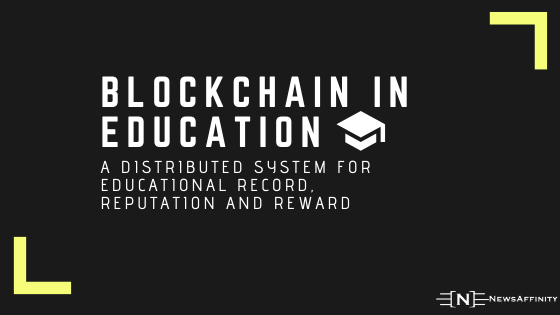
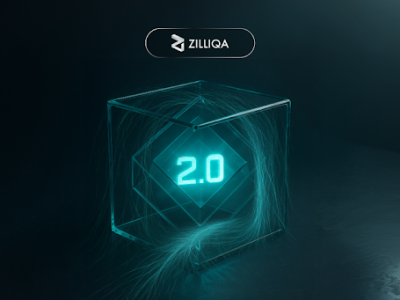


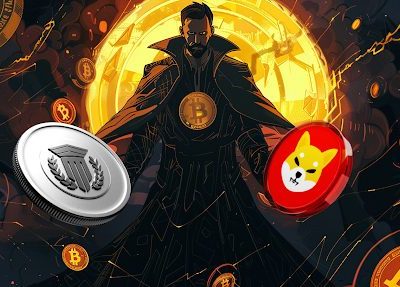

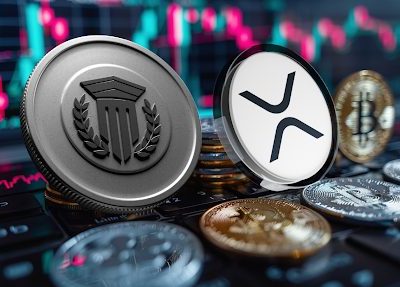
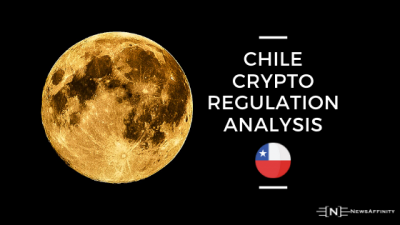
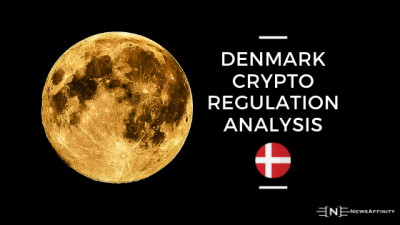
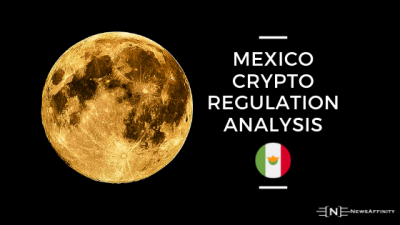
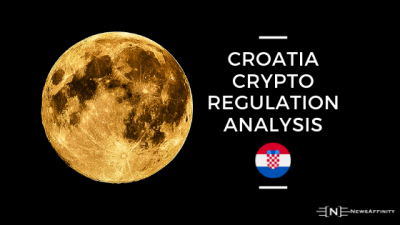


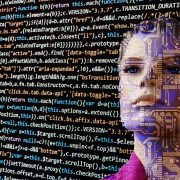
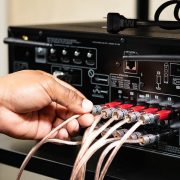

Comments